Dhaka, formerly known as Dacca, is the national capital and the largest city of Bangladesh, a country in South Asia. With a population close to 9 million people living within the city, and a population of well over 20 million people in the Greater Dhaka Area, Dhaka is the 9th largest and the 6th most densely populated city in the world. Dhaka is the financial, industrial, commercial, cultural, educational and political hub of Bangladesh, accounting for up to 35% of the country’s economy.
With its colorful history and rich cultural traditions, Dhaka – the city of mosques and muslin – has been attracting visitors from across the world for centuries. The old part of the city, also known as Old Dhaka, is home to a broad range of architectural heritage starting from the vestiges of the Mughal Empire to the British Colonial buildings. As Dhaka was also the center of the independence movements of Bangladesh, the city hosts some significant national monuments and structures.
Because of the huge modernization and development of Dhaka during the last couple of decades, Dhaka is home to several international five-star chain hotels and numerous commercial buildings and some of the largest shopping malls in the world. There are some great amusement parks and many international restaurant chains that are relatively cheaper than the ones in neighboring countries. There are also a number of annual cultural events held in Dhaka which give the city a unique flavor.
Since its establishment as the modern capital city of Bangladesh, Dhaka has tremendously grown in terms of area and population size, as well as social and economic diversity. With major industries such as jute processing and the manufacturing of chemicals, pharmaceuticals, textiles, leather goods, ceramics, and electronics products, Dhaka is one of the most densely industrialized regions in the country. As of the 20th century, there also emerged a strong export-oriented garment industry, boosting its already growing economy.
Dhaka is located at the geographic center of the Bangladesh, just north of the Buriganga River, which is a channel of the Dhaleswari River in the south-central part of the country. The climate of the city can be described as Tropical, with heavy rainfall and bright sunshine in the monsoon and warm for the greater part of the year. The winter months, from November to March, are however, most likeable, cool and pleasant. Nearly 80% of the annual average rainfall of 1,854 mm (73 in) occurs between May and September.
The People of Dhaka
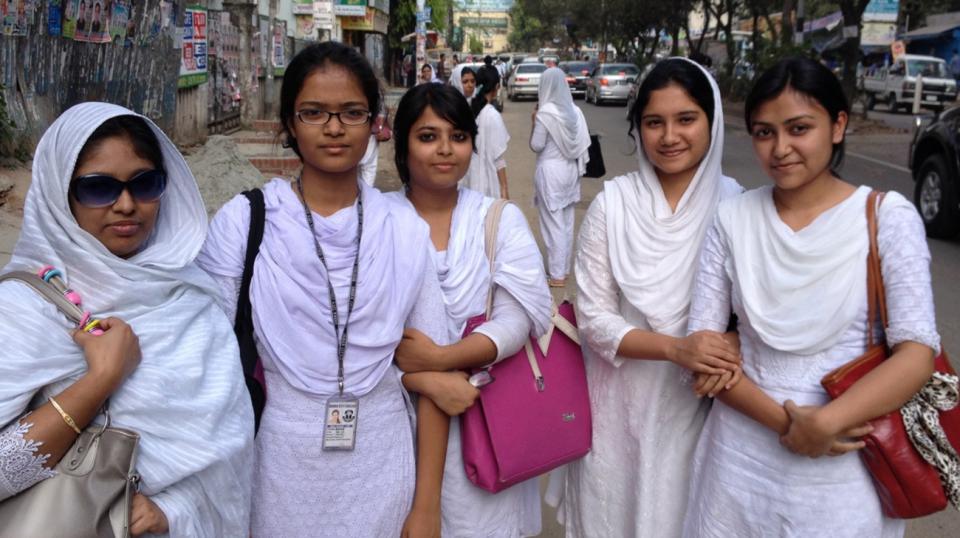
Dhaka has a population of people from virtually every region of Bangladesh. It is home to one of the long-standing inhabitants of the old city known as Dhakaite, who have a distinctive dialect and culture. The city is also a large number of Bihari refugees, descendants of migrant Muslims from eastern India. There are also an estimated 20,000 tribal people residing in the city.
Most of the people that call Dhaka home speak Bengali, the national language of Bangladesh. Parts of the population speak in distinctive Bengali dialects as well as other regional languages such as Dhakaiya Kutti, Chittagonian and Sylheti. Urdu, including Dhakaiya Urdu, is also spoken by several of the non-Bengali communities, including the Biharis. Several people also speak English, especially for business.
As it is so for the whole Bangladesh, Islam is the dominant religion of the city of Dhaka, accounting for over 90% of the city’s population. Hinduism is the 2nd largest religion comprising of about 8% of the population, while there are also some small segments of the city population that practice Christianity and Buddhism.
The Culture in Dhaka City
Cuisines
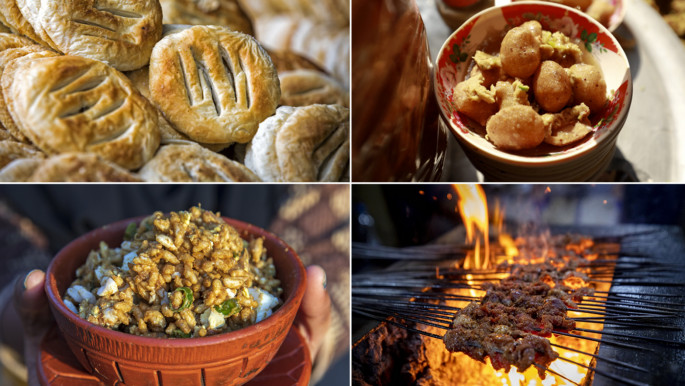
Known as the Dhakaite Food, the Old Dhaka area has its own unique food tradition. The area is quite famous for its Morog Pulao. The traditional food or snack of choice of the people of Old Dhaka is Dhakai Bakarkhani, which is well-known for its quality and taste, and was highly praised by the royal court of the Mughal Empire in Delhi at the time. One can also find a large variety Chinese and Western dishes, along with the Bangladeshi Cuisine and some South Asian variants, served at the many restaurants and eateries across the city of Dhaka.
Arts and Festivals
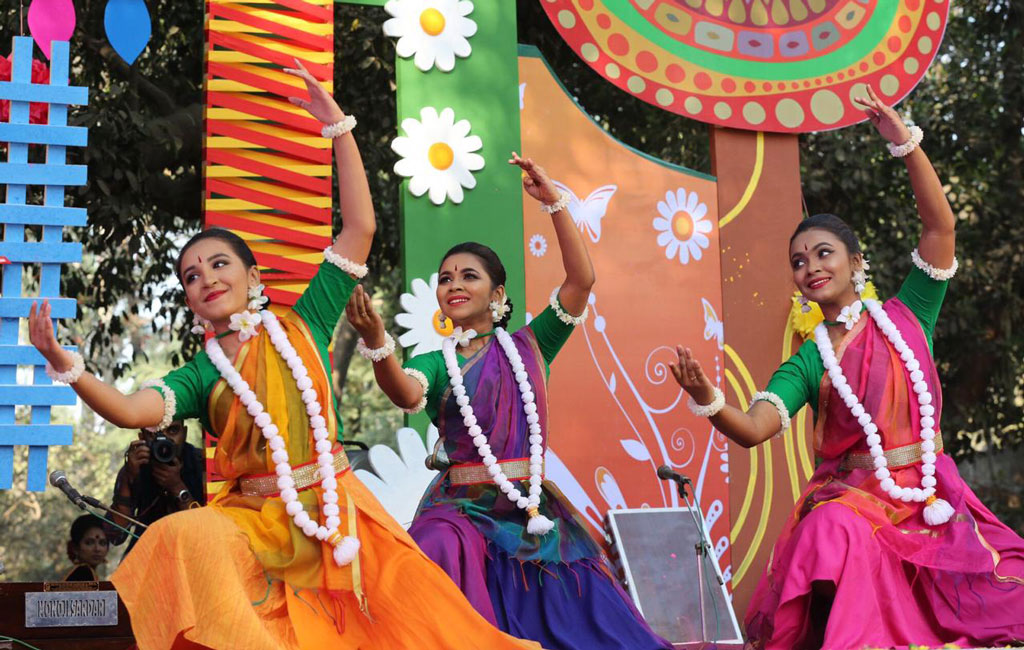
The city of Dhaka is very well known for its vibrant cultural life. Here are some of the most prominent festivals and holidays that are celebrated across the city.
- Language Martyrs’ Day (21 February), Independence Day (26 March), and Victory Day (16 December) are prominently celebrated on an Annual basis. To celebrate these occasions, and remember their national heroes of the liberation war, the people of Dhaka congregate at the Shaheed Minar and the Jatiyo Smriti Soudho. These occasions are observed by citizens from all levels of society participate on public grounds, as well as fairs, festivals and concerts organized by several of the schools and colleges in the city.
- Pohela Baishakh (14 April), the Bengali New Year, is celebrated across the city, and especially on the streets of Shahbag, Ramna Park and the campus of the University of Dhaka.
- Pahela Falgun also known as Basanta Utsab (Spring Festival) is held on the first day of spring of the Bengali month Falgun in the Bengali calendar. It is widely celebrated in the city in a festive and colorful manner, where the celebration is traditionally marked by beautiful women of Dhaka wear yellow Saris to celebrate this special occasion.
- Nabanna is a harvest celebration, held on the 1st day of the month of Agrahayan of the Bengali Calendar, usually celebrated with food, dance and music.
- Rabindra Jayanti and Nazrul Jayanti, thebirthdays of Rabindranath Tagore and Kazi Nazrul Islam are observed respectively.
- Each year, the Bangla Academy arranges the Ekushey Book Fair for the whole month of February, dedicated to the martyrs who died on 21 February 1952 in a demonstration calling for the establishment of Bengali as one of the state languages of former East Pakistan.
- Shakrain Festival (14 or 15 January) is an annual celebration usually observed in the old part of the city at the end of Poush, the ninth month of the Bengali calendar with the flying of kites.
- Moving on to religious celebrations, the Islamic festivals of Eid ul-Fitr, Eid ul-Adha, Eid-E-Miladunnabi and Muharram; the Hindu festival of Durga Puja; the Buddhist festival of Buddha Purnima; and the Christian festival of Christmas also witness widespread celebrations across Dhaka.
Getting Around in Dhaka
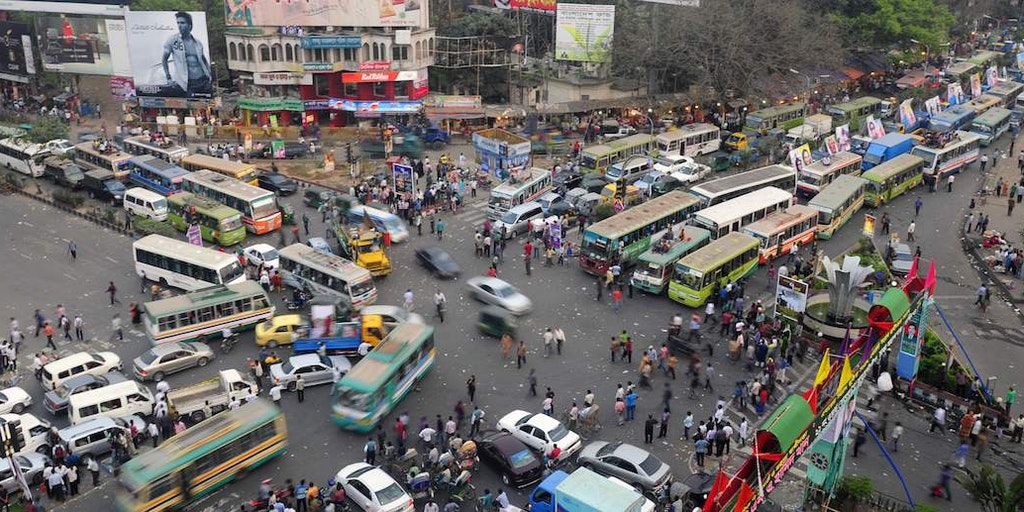
Dhaka has a wide range of transportation systems from rickshaws to buses to river boats. However, in spite of the fact that there are several choices available for getting around the city, Dhaka suffers from a severe traffic congestion problem, causing extended commuting hours. Anyways, here are the means available for getting around in Dhaka.
By Rickshaw
Rickshaws, sometimes called Cycle Rickshaws, are the most popular form of transportation in the city. They are mostly used to travel short distances, or carry goods mainly on sides of the roads.
There are also metered auto-rickshaws. This could be a good way to travel relatively long distances instead of using the conventional cycle-rickshaws. This is because some drivers can sometimes be persuaded to use the meters to calculate your fare.
Some of the things that foreigners need to know about this mode of transportation is that rickshaws are not allowed to cross most of the main roads, and it is very important to negotiate the fare beforehand. Also, especially for women, it is not advised to get a ride on rickshaw alone after dark.
By Taxi
Taxis are another form transportation available in Dhaka. However, since they are hard to hire from the streets, you will have to book one. The taxis come in different colors; some come in black, yet others come in yellow. Both types of taxis are metered. One slight difference between the black and the yellow taxis is that, the yellow ones have slightly higher standards in terms of comfort but are more expensive. The black taxis typically come in poor condition and lack air conditioning, while yellow taxis are required to have air conditioning.
By Bus
Traveling by bus is another option, but they’re probably the least favored method of traveling for foreigners because they are often very crowded and chaotic. There are, however, some buses that theoretically only take passengers if there are seats available. But please remember that during rush hours, it can be difficult to get a seat, and you might have to wait in line to get in.
By Car
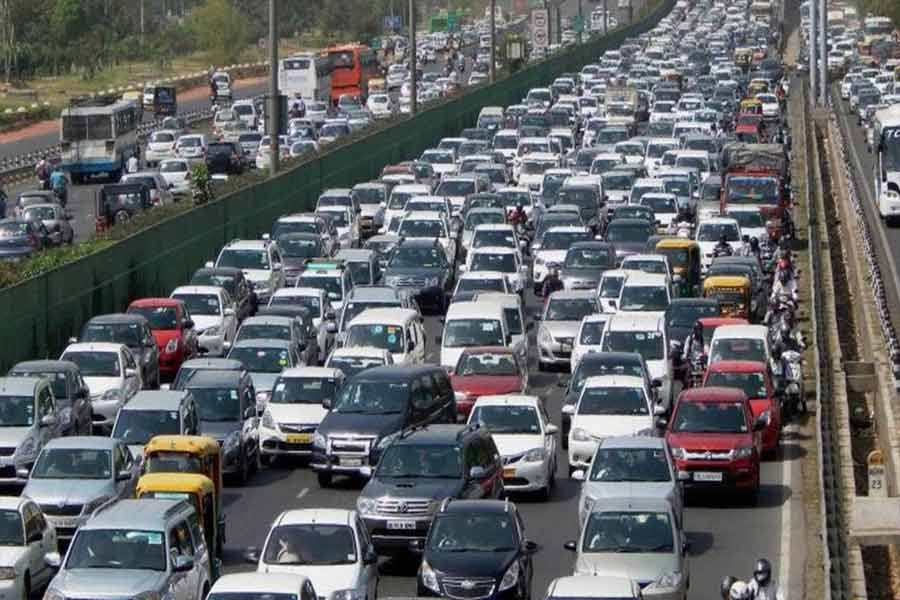
Driving a car is yet another option available in the city, but for first-time travelers, this could be quite a nerve-wrecking experience. Officially, cars in Dhaka are driven on the left side of the road, however, due to traffic congestion and unruly drivers with little supervision, the roads can be quite chaotic.
There are some car rentals available in Dhaka; Europcar being one of the most notable Western brand names. There are also several car-rental companies that offer the option for travelers to rent-a-driver for a specific number of days. This could be a good option for you if you would like to accomplish a lot of errands and/or sightseeing in a single day.
By Bike

Several Dhaka locals also use bicycles as their primary form of transportation as they can be quite useful to get around the traffic congested roads. You may also find that some new roads have dual bike/rickshaw lanes. However, there are few bike-rental services in the city. Also, due to the bad condition of some roads and heavy traffic, the experience may not be quite as enjoyable and the chances of collision are high.
By Train
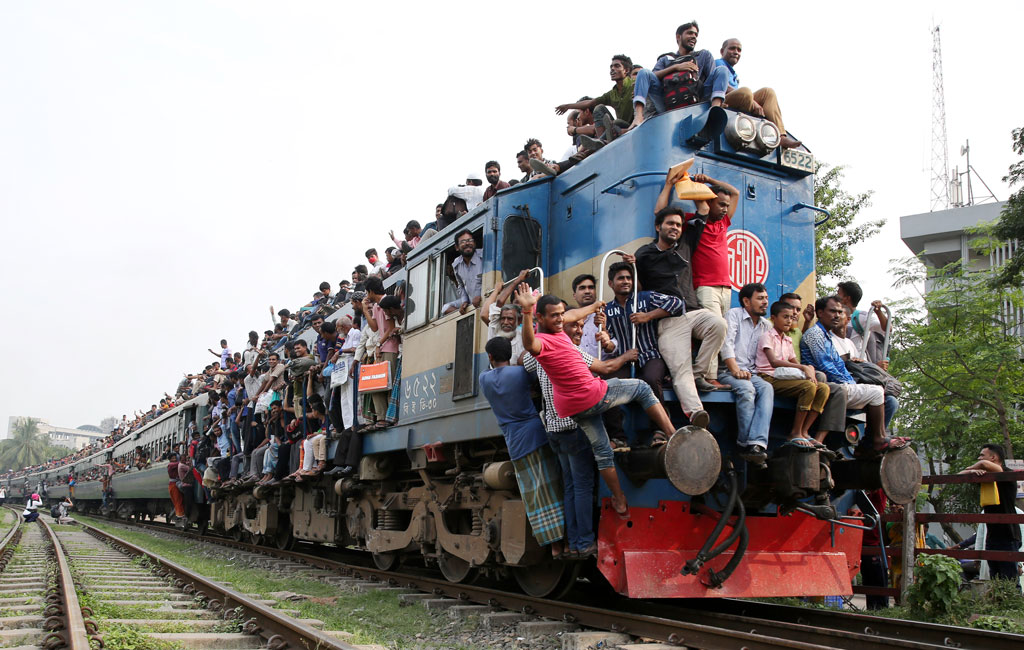
There are trains in Bangladesh that operate between major regional cities, but there are no suburban or metro rail system within Dhaka.

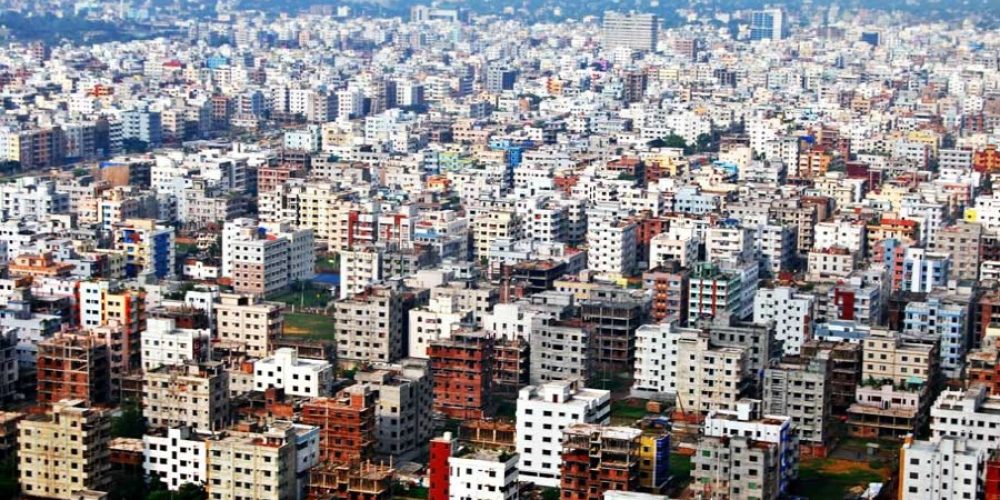
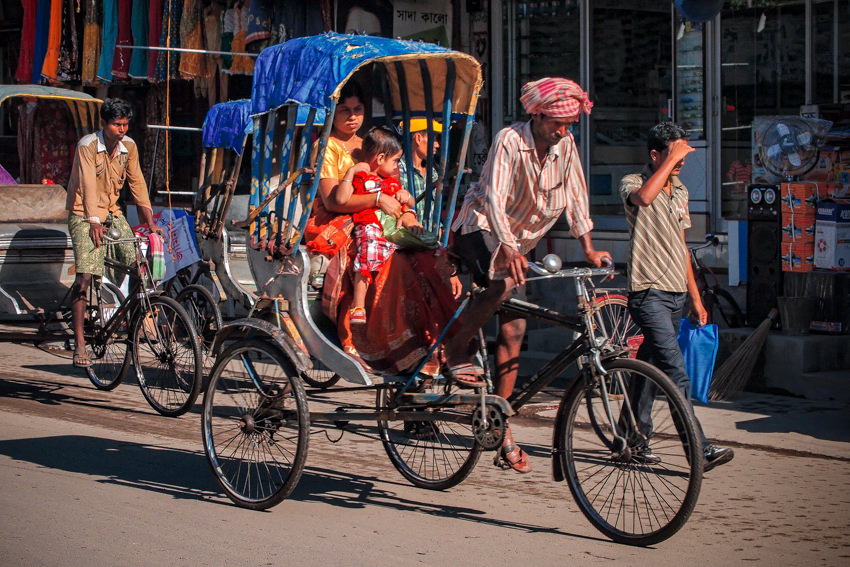

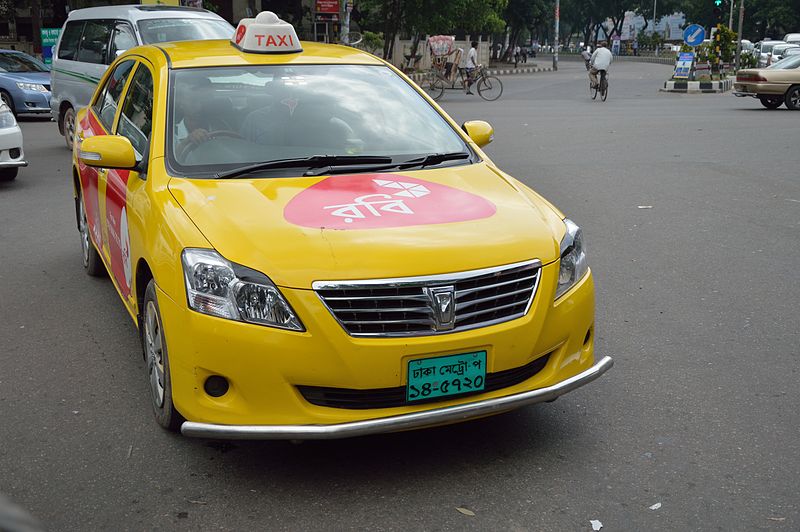

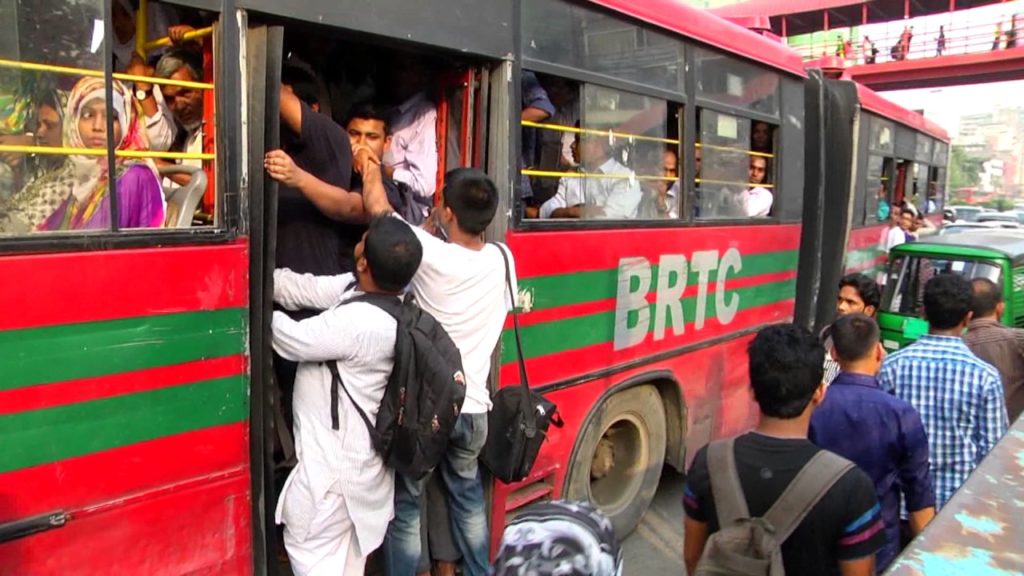


Comments 0